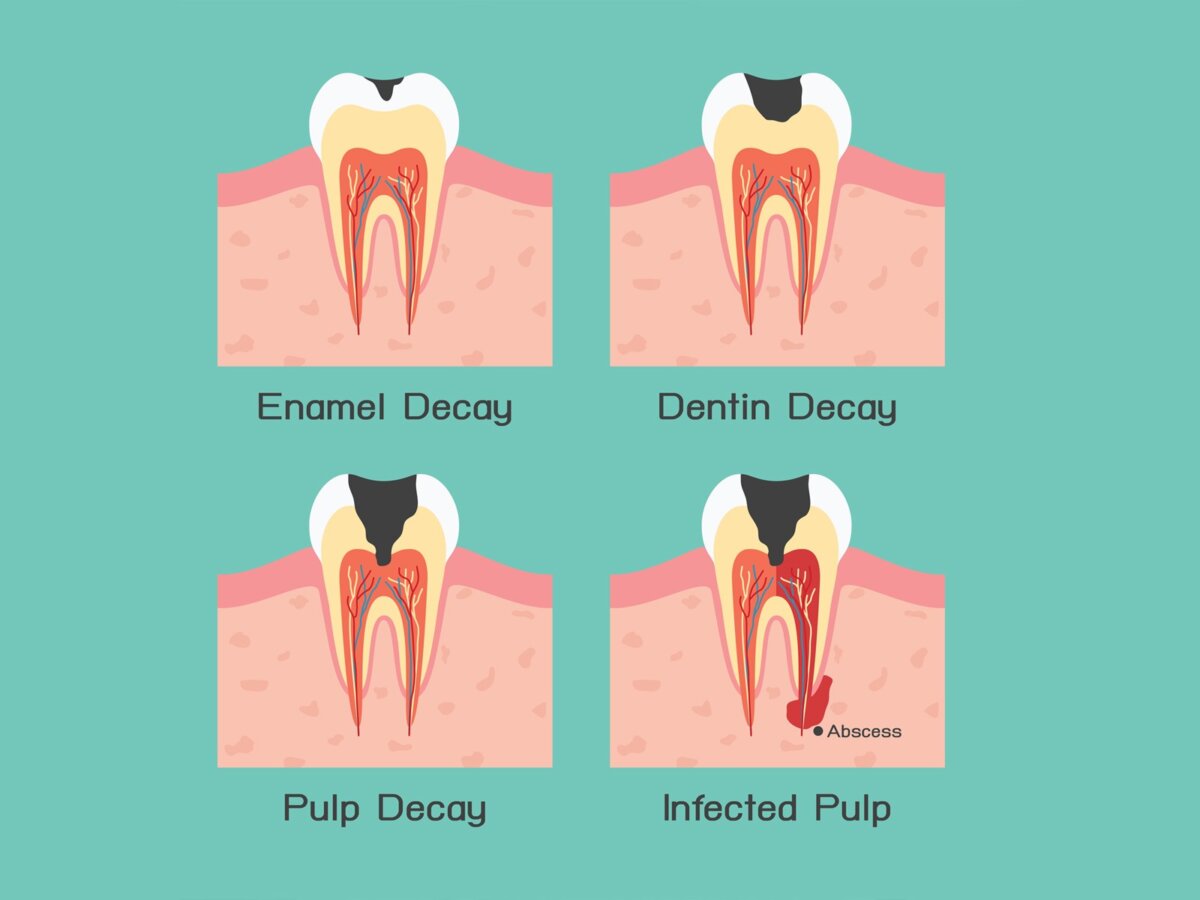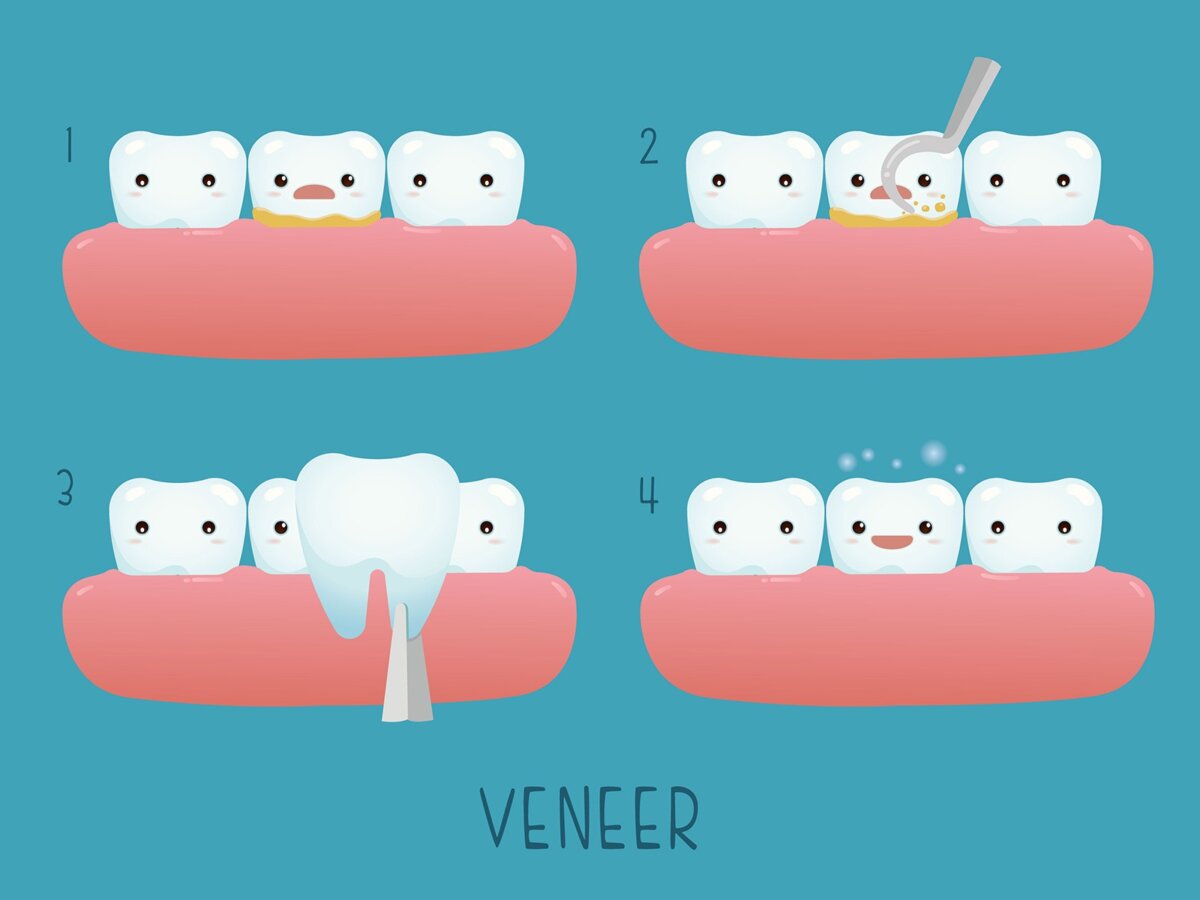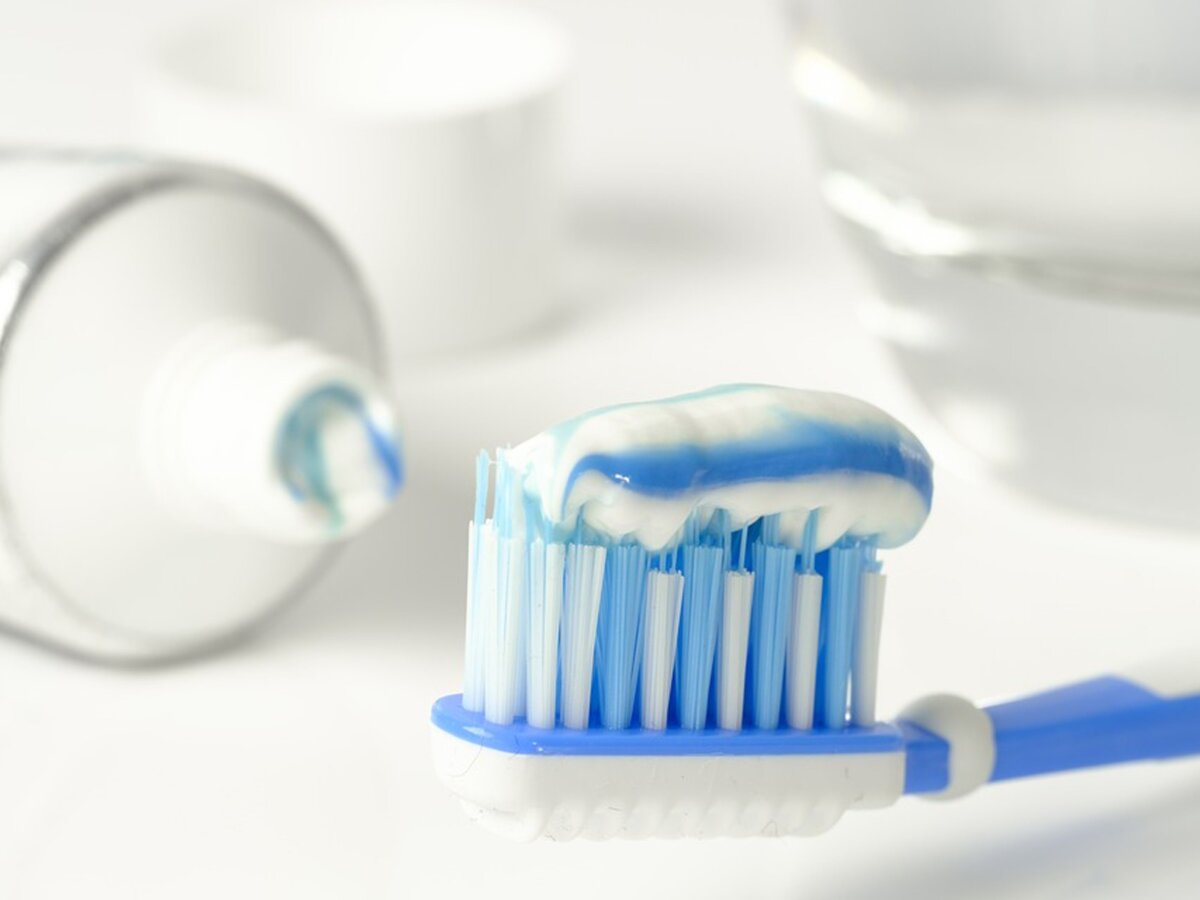Also known as endodontic therapy, a root canal is a process of treating and removing the infected pulp, the soft center within a tooth. The pulp is composed of nerves, connective tissue, and blood vessels that foster the overall growth of the tooth. The main objective of the root canal treatment is to clear the infection and restore the functionality of a damaged tooth. It is also helpful in relieving any inflammatory pain. A successful root canal procedure eliminates infection and protects the cleaned tooth from future microbial attacks. In root canal therapy, a tiny Roto-Rooter cleans out decayed parts from the tooth and preserves the infected tooth.
A general dentist may do a root canal treatment or a specialist called an endodontist. The dentist or endodontist drills a hole on top of the tooth and gains access to the pulp. After meticulously removing the infected pulp, the expert sterilizes the space and seals the hole with filling to prevent new decay. Antibodies are used to disinfect the affected area. If the top of the tooth has to be replaced during the root canal process, the dental expert reshapes the natural tooth and places a crown atop. Crowns are false teeth that are not susceptible to infection and therefore last a lifetime.
How to know if you need a root canal treatment?
The sure-shot way of knowing if you need a root canal treatment is by visiting the dentist. But, there are sure signs and symptoms that may foreshadow a root canal.
- Persistent toothache is one of the signs that you require a tooth canal. You can experience pain in the bone of the tooth, or there can be interlinked pain in the face, jaw, or other unaffected teeth. Apart from the root canal, gum disease, cavities, sinus infection, etc., may also cause toothache.
- Sensitivity – that is, sharp, dull pain when consuming something hot or cold – is another sign that you need a root canal.
- An infection in a tooth’s pulp can lead to discoloration. Trauma to the teeth or harm to internal tissue can damage the tooth’s roots, resulting in a greyish-black look. So, tooth discoloration is another sign that you need a root canal.
- Swollen gums near the aching tooth can be another red signal that you need a root canal treatment.
- An injured or chipped tooth can damage the nerves inside the tooth, mandating root canal procedure.
Can a root canal treatment stop tooth decay and save the tooth?
A root canal treatment allows the original tooth to stay in place and prevents further decay. But, the process makes the tooth more fragile. A crown placed on top of the affected tooth is complementary to the root canal treatment. It is a restorative process, and most people who go through the therapy enjoy positive results for the rest of their lives. But, good oral hygiene habits are a must even for the restored tooth.
In case of discomfort in teeth or gums, please visit your nearest dentist at the earliest.
Book Appointment to find out which treatment might be best for you.






